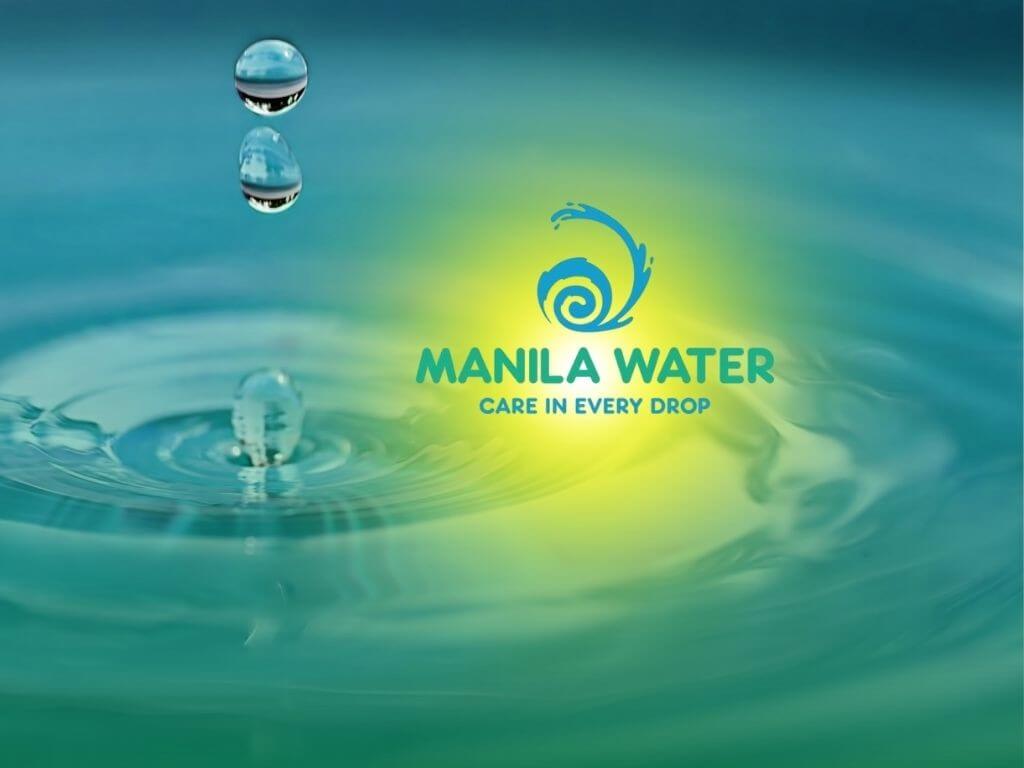

The special edition, released ahead of EXPO 2025 Osaka, highlights over 200 innovative energy and sustainability technologies across the Asia-Pacific—home to 60 percent of the world’s population and a crucial region in the global energy transition, Manila Water said in a press statement.
Spotlight on green urban energy solutions
Dedicated to promoting green technology diffusion, the Green Technology Book connects technology seekers and providers, emphasizing innovation and intellectual property as catalysts for climate action.
In the section “Green Urban Energy Solutions in the Asia-Pacific Region – Energy Efficiency for Water Utilities,” MWIS’s i-TECH Packaged STP was recognized as a new wastewater treatment solution designed for small to medium-scale applications using advanced membrane bioreactor (MBR) technology.
Compact, energy-efficient, and sustainable design
The i-TECH STP supports energy-efficient aeration, a critical component in wastewater processing. Its MBR system produces treated water suitable for reuse in irrigation and industrial applications, promoting circular water use.
The plant’s compact modular design makes it ideal for urban environments with limited space, while its reduced sludge generation lowers disposal costs and enhances sustainability. The MBR process also removes a higher level of contaminants, including bacteria and viruses, making it a reliable and environment-friendly solution.
A regional benchmark for smart water management
Widely adopted in Japan and China, MBR systems are now a mainstay in modern water management, supporting urban wastewater treatment, industrial recycling, and decentralized setups.
MWIS’s inclusion in the Green Technology Book underscores its commitment to smart, scalable, and sustainable water innovations for communities and industries.
As a digital-first and accessible resource, the UN WIPO publication provides policymakers, businesses, and innovators with a forward-looking view of how technology drives sustainability and shapes the future of green energy and water systems. —Ed: Corrie S. Narisma